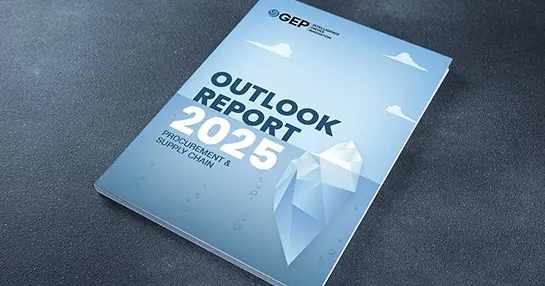What is the UNSPSC code?
The UN Standard Product and Service Code (UNSPSC) is a universal product and service classification system. Buyers and sellers can use this standard instead of looking for product information in individual providers' catalogs.
Earlier, a clear picture of expenditures could not be obtained due to the complexity of the spend analysis procedure and its inability to be readily scaled. Moving to a structured taxonomy, UNSPSC was the apparent solution to the problem of inconsistent classification systems. The UNSPSC framework utilizes a multi-tiered categorization system using the terms Segment, Family, Class, Commodity, and Business Function.
The code set may be accessed in the following languages: English, French, German, Spanish, Italian, Japanese, Korean, Dutch, Mandarin Chinese, Portuguese, Danish, Norwegian, and Swedish. Hungarian is also one of the supported languages.
Advantages of Using UNSPSC
- More transparent and integrated reporting of spending by commodity
- End users to have an easier time navigating by commodity to identify things that need to be requisitioned
- Streamlined processes for submitting catalogs and categorizing items (suppliers often identify their products by UNSPSC)
- Workload distribution to be made more equitable by category managers
- Simplified alignment of Intrastat codes to HS TARIC categories
In 1998, the United Nations Development Programme (UNDP) and Dun & Bradstreet Corporation collaborated to create the UNSPSC. In its current form, it has more than 22,000 separate words.
Using the UNSPSC's unified international categorization system, individuals may do the following:
- Fully utilize eCommerce capabilities
- View a comprehensive expenditure analysis
- Ensure cost-effective purchases
Stay Ahead With Fresh Thinking and Insights
Explore the latest trends, technologies, and strategies in procurement and supply chain management. Dive into insight-packed white papers, research reports, case studies, and webcasts to stay informed and lead the way.

GEP Outlook 2025: Procurement & Supply Chain Key Trends, Challenges and Opportunities

World's Leading, Unified Source-to-Pay Platform for Direct and Indirect Spend Management
GEP SMART is an AI-powered, cloud-native source-to-pay platform for direct and indirect procurement. GEP SMART offers comprehensive source-to-pay functionality in one user-friendly platform, inclusive of spend analysis, sourcing, contract management, supplier management, procure-to-pay, savings project management and savings tracking, invoicing and other related functionalities.

Next-Gen, End-to-End Supply Chain Management Platform for the Connected Enterprise
GEP NEXXE is a unified and comprehensive supply chain platform that provides end-to-end planning, visibility, execution and collaboration capabilities for today’s complex, global supply chains. Built on a foundation of data, artificial intelligence and cognitive technologies, GEP NEXXE helps enterprises digitally transform their supply chains and turn them into a competitive advantage.




